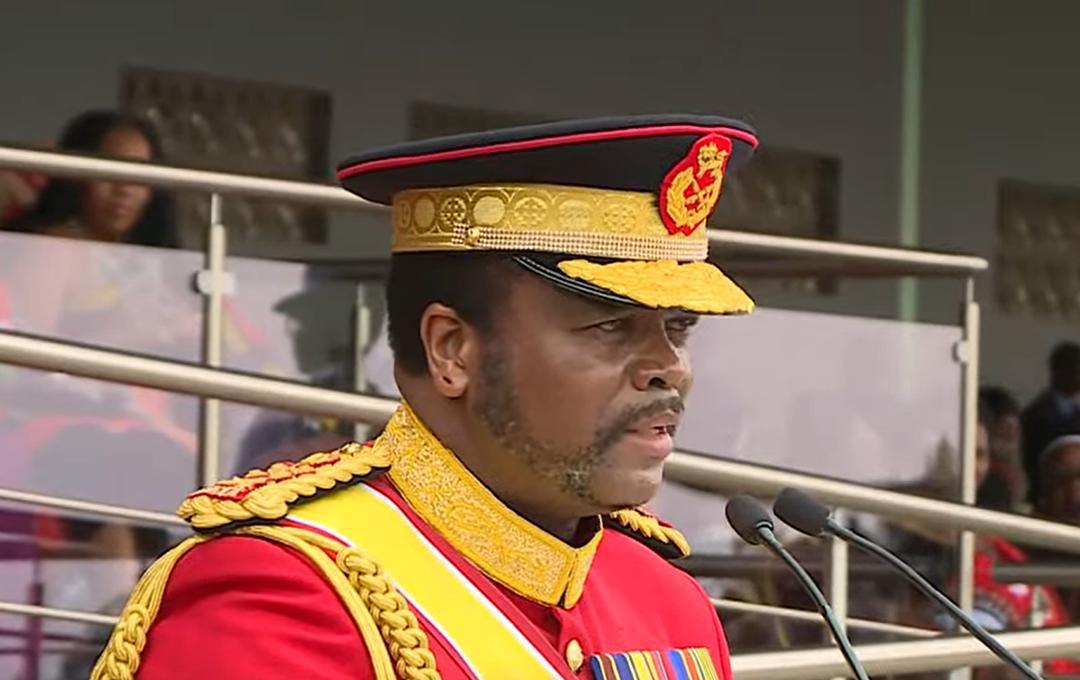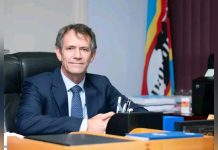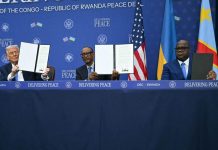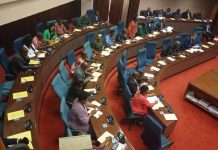Africa-Press – Eswatini. His Majesty the King, joined by Inkhosikati LaNgangaza, spent yesterday learning about the Korean monarchy’s history.
This occurred during a visit to Korea’s National Palace Museum, which has a collection of scholarly material on the Joseon Dynasty and the Korean Empire’s history and culture, including politics, life, art and Science. The National Palace Museum of Korea aims to improve current culture in Korea and internationally by maintaining cultural heritage and revealing the splendour of the Joseon royal court.
Research
The National Palace Museum of Korea, according to the institution, is a specialised repository and research institution for Joseon royal and Korean imperial court artefacts.
It opened on August 15, 2005, to commemorate the 60th anniversary of Korea’s independence. On November 28, 2007, the museum completed its renovations and reopened all of the galleries in the three-storey structure. It was revealed that collections of art and domestic goods from the Joseon Dynasty court had been poorly handled for extended periods of colonisation, the Korean War, and several decades of growth.
As a result, in the mid-1980s, the Korea Heritage Service launched a series of restoration projects for Joseon palaces and gathered scattered court relics from palaces, temples and mausoleums to construct the Royal Museum, which opened in 1992 in Deoksugung’s Stone Hall. Although the Royal Museum initially handled the conservation, research, and exhibition of Joseon court artifacts, it stated that the storage and exhibition rooms within the Stone Hall were insufficient for long-term usage.
In 1993, the president authorised a plan to create the Museum of Joseon Royal History at the former location of the National Museum of Korea, which relocated to Yongsan in 2005.
After a decade at Deoksugung, the Joseon Dynasty’s royal and imperial artefacts were relocated to the central Gyeongbokgung District, where the National Palace Museum of Korea is currently located.
The museum has an enhanced collection of 40 000 artefacts, five times the exhibition space of the original Deoksugung building, and a repository area that is 30 times bigger.
The King and Inkhosikati were accompanied by Foreign Affairs and International Cooperation Minister Pholile Shakantu, High Commissioner to Malaysia Menzi Dlamini, Chief Officer Chief Mgwagwa Gamedze, Chief Msodvuka, Prince Ngangabani, princesses and emazinyane, among others.
For More News And Analysis About Eswatini Follow Africa-Press







